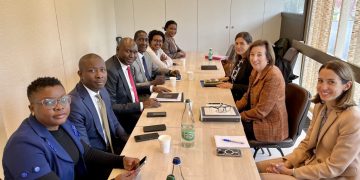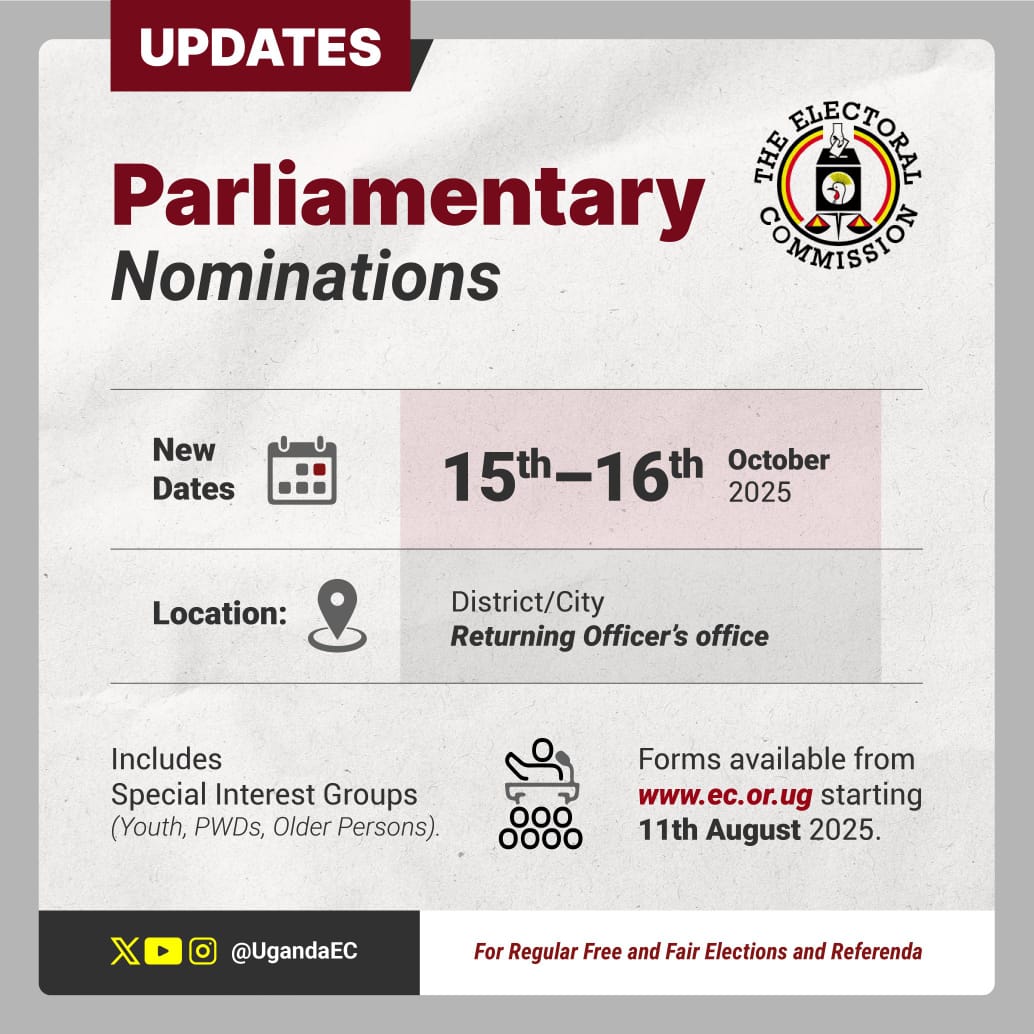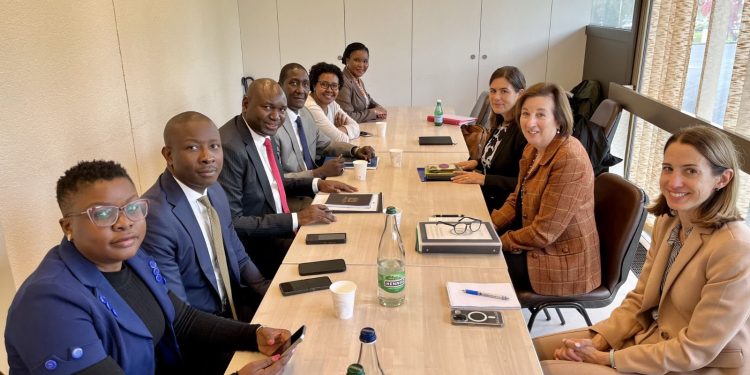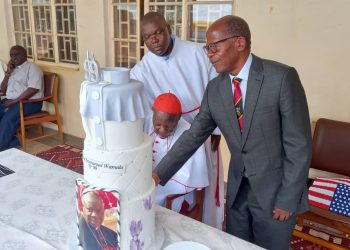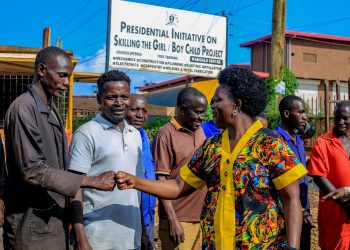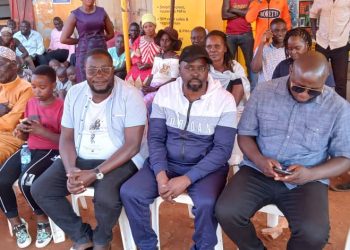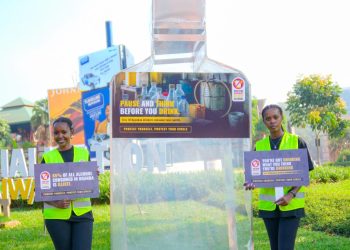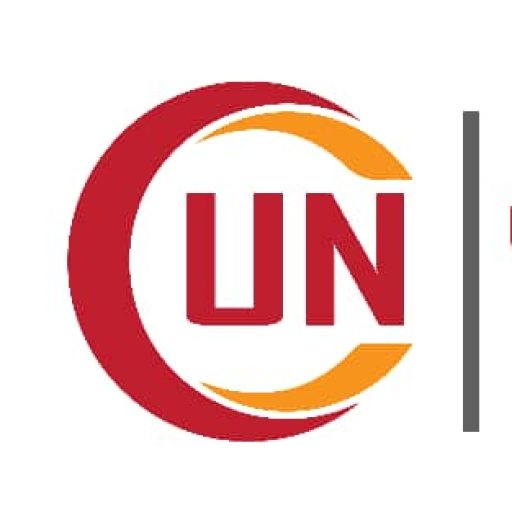The International Rescue Committee’s Refugees in East Africa: Boosting Urban Innovations for Livelihoods Development (Re: BUiLD) Program in partnership with the IKEA Foundation and other partners have convenening a research and policy symposium.
The event brings together researchers, policy makers and donors from Kenya, Uganda and Ethiopia, and is scheduled for October 15-16, 2024.
The event, also supported by the World Bank, aims to bridge the gaps between researchers and policymakers to enhance refugee livelihoods in host communities across the three countries.
The focus will be on collaboratively assessing and strategizing the application of evidence in policy development related to refugee livelihoods.
Attendees can expect to see presentations of findings from research conducted over the last five years, with discussions centered on four key themes: Access to Finance and Microenterprises, Access to Social Protection, Access to Jobs and Skills Development, and Access to Justice and Legal Identity.
Uganda is Africa’s largest refugee-hosting country with more than 1.5 million refugees residing within its borders.
The East African nation deploys one of the most progressive policy responses to cross-border displacement on the continent.
But this response faces headwinds—from declines in international support to the rise of climate-related displacement.
Uganda has a long history of providing refuge to those in need, dating back to before it gained independence from the United Kingdom in 1962.
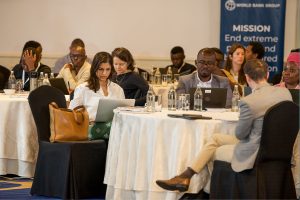
In the early 1940s, the country welcomed thousands of Polish refugees escaping the turmoil of World War II in Europe. Following the 1959 uprising against the Tutsi monarchy in Rwanda, a significant number of Tutsis sought safety in Uganda, with even more fleeing violent pogroms in the 1960s.
At the same time, many Sudanese individuals escaping conflict in southern Sudan—also newly independent, were placed in camps in northern Uganda.
However, the situation shifted in the 1970s and early 1980s, as Uganda itself became a source of refugees due to internal strife.
By 1985, those displaced, including both refugees and internally displaced persons, constituted about seven percent of the nation’s population.
The late 1980s saw further turmoil as the Lord’s Resistance Army insurgency led to additional displacements in northern Uganda.
Despite Uganda’s gradual stabilization, ongoing instability and conflict in the broader Great Lakes region continued to spur displacement.
The 1994 Rwandan genocide triggered another wave of refugees heading north into Uganda, where the Rwandan Patriotic Front had its roots.
Additionally, a prolonged civil war in southern Sudan between the government and the Sudan Peoples’ Liberation Army led to repeated cross-border displacements into Uganda.
The late 1990s and early 2000s were marked by the First and Second Congolese Wars, which resulted in the deaths and displacements of millions across the region, including into Uganda.
In recent years, Uganda has experienced significant influxes of refugees from Somalia, the Democratic Republic of the Congo (DRC), and the newly independent South Sudan. The civil war in South Sudan that erupted in 2013, along with the collapse of a peace agreement in 2016, forced hundreds of thousands of South Sudanese to seek refuge in Uganda. Currently, approximately 57 percent of the refugees in Uganda are South Sudanese, primarily residing in the northern part of the country.
